Imagine catching your cat eyeing your dinner plate with that sly, hopeful look—maybe even a tiny paw reaching out when you’re not watching. It’s a scene every cat lover knows a little too well. Our feline friends are curious, adventurous, and, let’s be honest, a bit mischievous when it comes to food. But behind those cute stares and bold attempts to snatch a bite lies a hidden danger: many human foods that seem harmless, or even healthy, can be downright risky—or even deadly—for cats. Let’s pull back the curtain and expose the top 10 human foods cats secretly crave, but really, really shouldn’t have. You might be shocked at what’s on the list!
Chocolate: A Sweet Temptation with Dark Consequences

Chocolate is practically everywhere in our homes—on the coffee table, in baked goodies, and yes, sometimes accidentally left within a cat’s sneaky reach. But just a tiny bit of chocolate can be dangerously toxic for cats. The culprit is theobromine, a compound that cats cannot metabolize. Even a small nibble can trigger vomiting, diarrhea, tremors, and in severe cases, even heart failure. The darker the chocolate, the more hazardous it becomes. It’s surprising how many cats are drawn to the rich smell, but it’s a big no-no. If you ever catch your cat licking chocolate, get veterinary help fast—don’t wait it out.
Onions and Garlic: Flavorful for Us, Fatal for Them

Many of us love adding onions and garlic to our meals for that extra flavor punch, but for cats, these kitchen staples are a hidden menace. Both onions and garlic contain compounds that can damage your cat’s red blood cells, leading to a dangerous condition called hemolytic anemia. Even powdered forms can be risky, so don’t assume a little sprinkle is safe. Symptoms like weakness, lethargy, and pale gums can appear days after ingestion, making it even harder to connect the dots. Cats seem oddly curious about these strong-smelling ingredients, but it’s best to keep all forms—raw, cooked, or powdered—out of their reach.
Milk and Dairy Products: Not the Treat You Think

We’ve all seen the classic image of a cat happily lapping up a bowl of milk, but the truth is, most adult cats are lactose intolerant. Their bodies simply don’t produce enough of the enzyme lactase needed to digest lactose, the sugar in milk and dairy products. The result? Upset stomach, diarrhea, and gas—certainly not the treat you intended. Even though many cats will eagerly beg for a taste of your ice cream or cheese, it’s better to resist those pleading eyes. Offering dairy could leave you cleaning up more than you bargained for.
Grapes and Raisins: Small Snacks, Big Risks

If you thought grapes and raisins were only dangerous for dogs, think again. Cats are also at risk, though the reason why remains a medical mystery. Even a small amount can lead to sudden kidney failure in some cats, with symptoms like vomiting, lethargy, and loss of appetite showing up quickly. It’s frightening how tiny these snacks are compared to the damage they can do. The tricky part is, some cats love to chase and play with grapes—so keep them safely stowed away, out of paw’s reach.
Raw Eggs: A Hidden Hazard

While some pet owners swear by raw diets, raw eggs aren’t as healthy for cats as you might think. Raw eggs can harbor bacteria like Salmonella or E. coli, which can make your cat seriously ill. There’s also a sneaky protein in raw egg whites called avidin, which can block your cat’s ability to absorb biotin, a B vitamin crucial for healthy skin and fur. The result? A risk of skin problems, weakness, and even more severe health issues. As tempting as it might be to share your breakfast, it’s a gamble that’s just not worth it.
Alcohol: No Laughing Matter
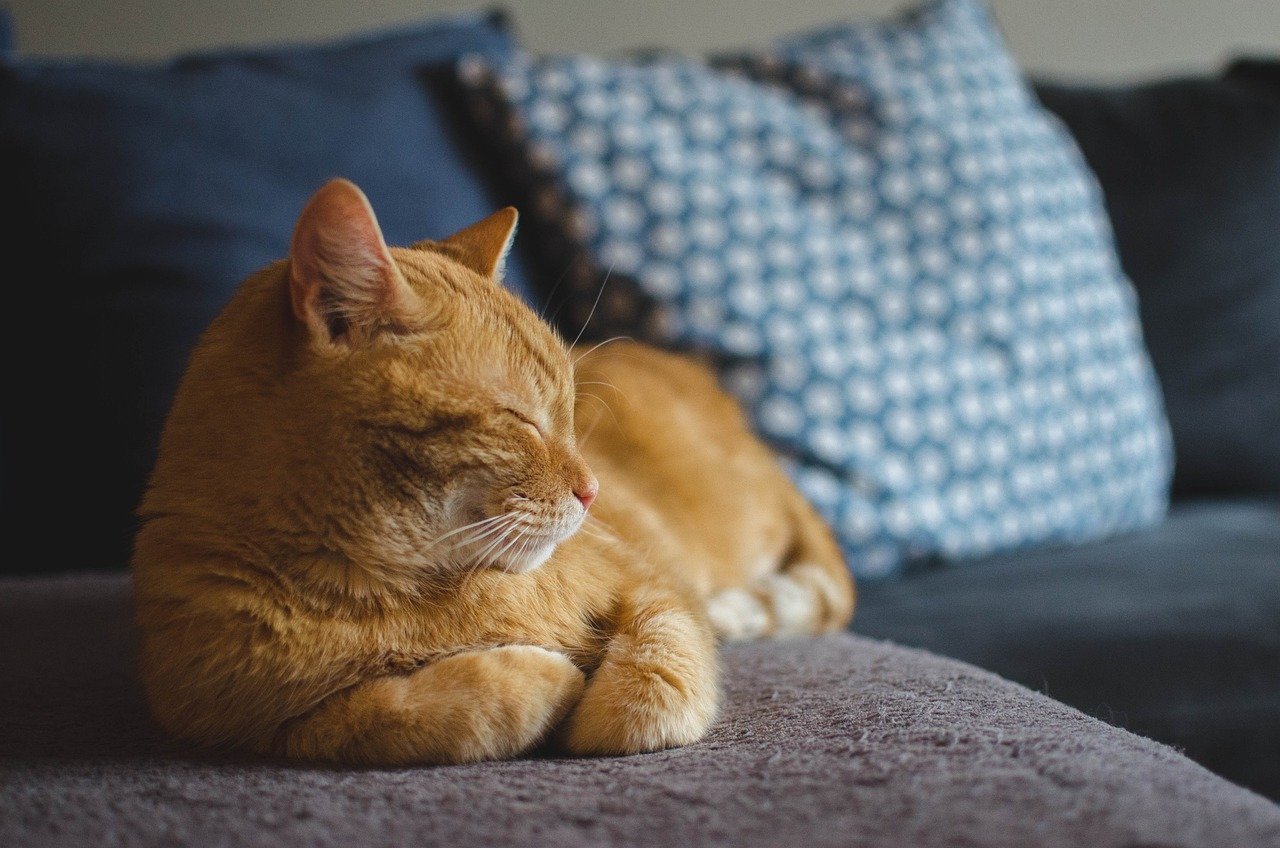
It might sound almost comical—after all, who would give their cat a sip of wine or beer? But accidents do happen, and even a tiny amount of alcohol, whether it’s from a spilled cocktail or an uncapped bottle, can cause big trouble for cats. Alcohol depresses the feline nervous system, leading to confusion, vomiting, breathing difficulties, and in severe cases, coma or death. Cats are much smaller than humans, so it takes far less to cause a serious reaction. Never underestimate a cat’s curiosity—keep all alcoholic beverages (even those tempting creamy liqueurs) out of their reach.
Cooked Bones: Crunchy Danger

You might think tossing a cooked chicken bone to your cat is a nice treat. After all, cats in the wild eat bones, right? The problem is, cooked bones splinter easily, creating sharp shards that can choke, puncture, or block your cat’s digestive tract. It’s heartbreaking to imagine a furry friend in pain from something meant to be a treat. Raw, uncooked bones are a different story, but cooked bones are always a risk—not worth the potential emergency vet visit.
Raw Fish: Risky Business for Felines

Cats and fish seem like a match made in heaven, but raw fish is a hidden danger. Raw fish can contain harmful parasites and bacteria that can wreak havoc on your cat’s digestive system. Even more troubling, raw fish has an enzyme that destroys thiamine, an essential B vitamin. Without enough thiamine, cats can develop neurological issues, like seizures and loss of coordination. It’s a cruel twist—something they crave could leave them with lasting health problems.
Caffeine: Perky for Us, Perilous for Them
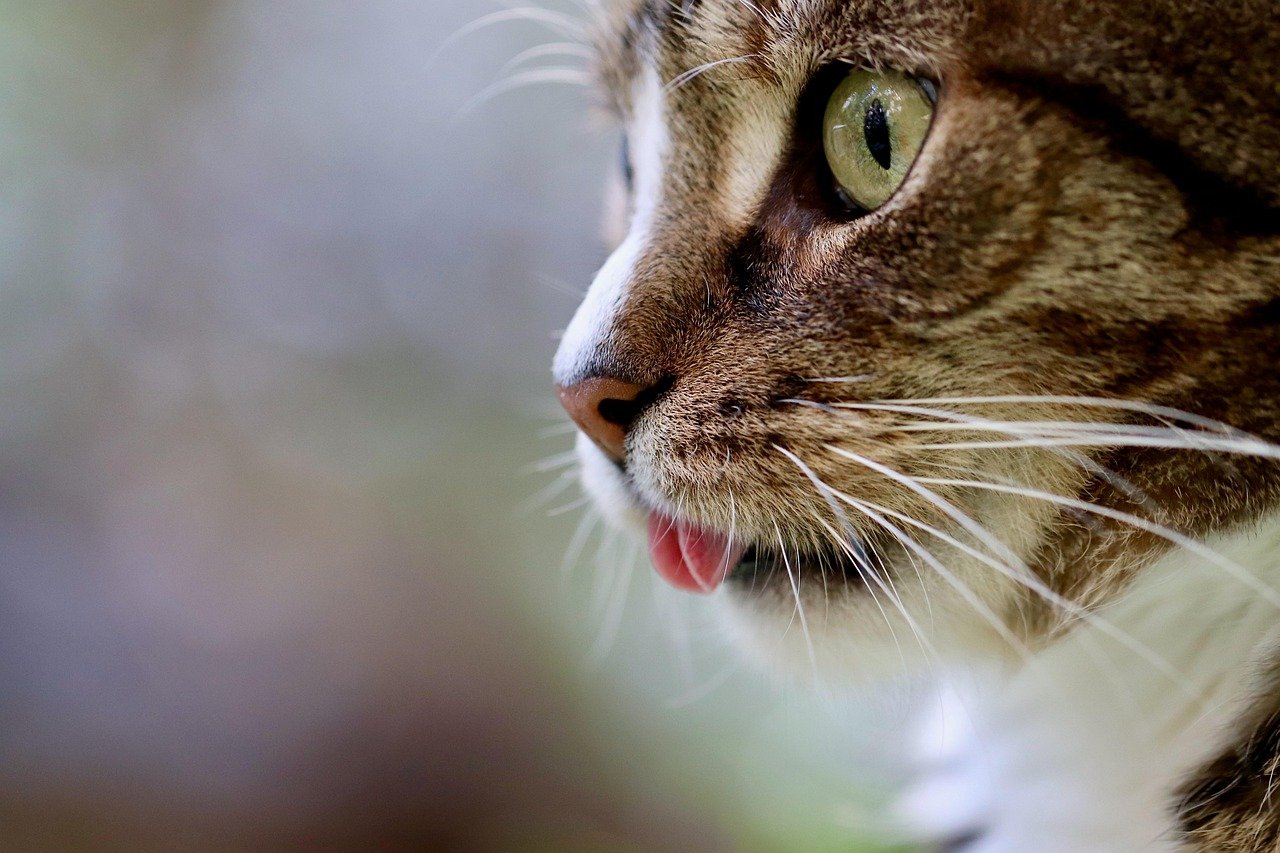
From coffee to tea and even certain sodas, caffeine is everywhere in our lives. But for cats, even a tiny bit of caffeine can be life-threatening. Caffeine overstimulates their nervous and cardiovascular systems, causing rapid breathing, heart palpitations, muscle tremors, and restlessness. You might not realize how many foods and drinks contain caffeine—so never leave your morning mug or an energy drink unattended. Cats may be small, but their curiosity is huge, and accidents happen in the blink of an eye.
Fat Trimmings: Tasty but Treacherous
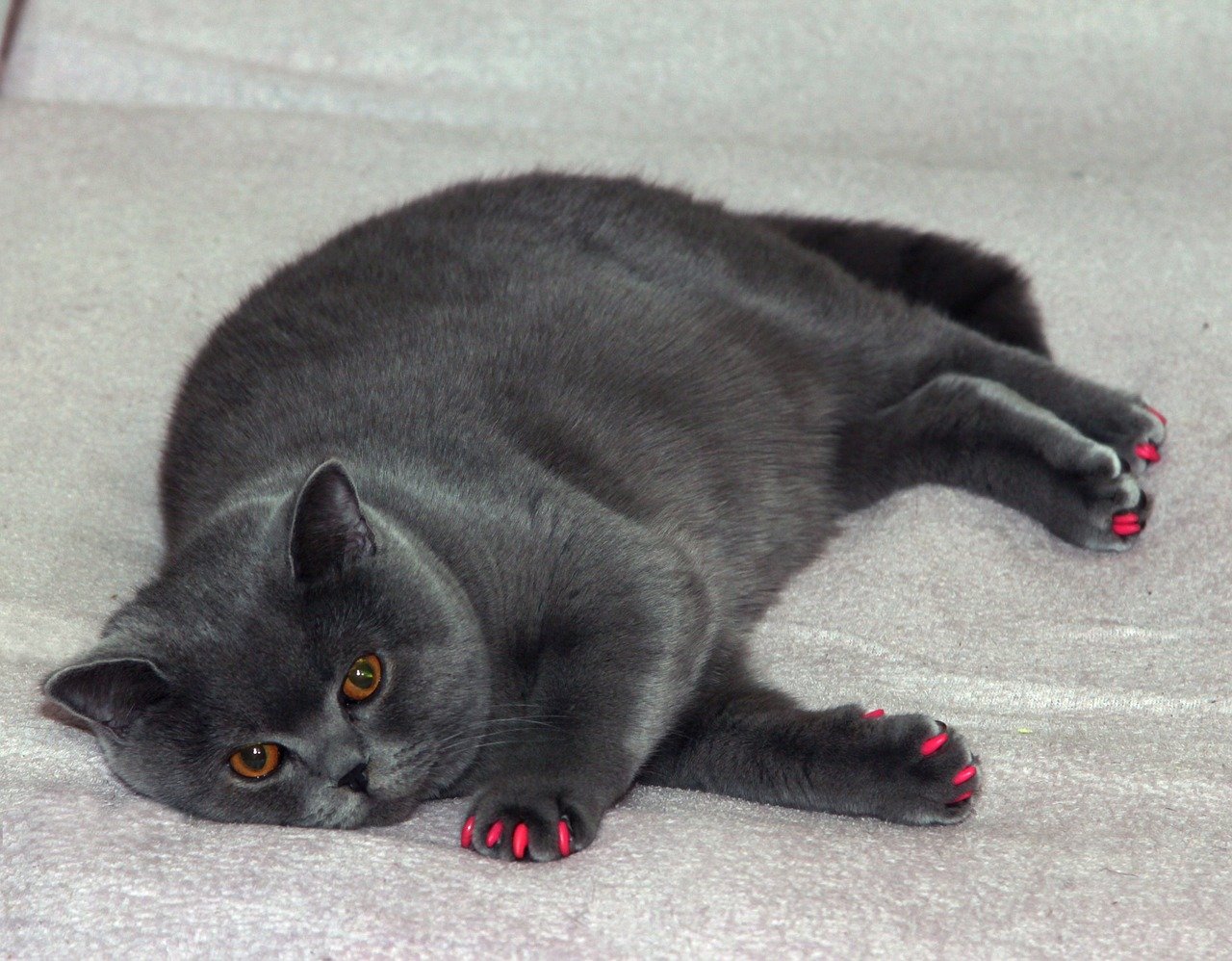
It’s tempting to share a piece of steak or bacon fat with your cat, especially when they’re begging at your feet with those irresistible eyes. But fatty scraps can cause more harm than good. Eating too much fat can lead to pancreatitis, a painful and potentially life-threatening inflammation of the pancreas. Symptoms include vomiting, abdominal pain, and loss of appetite. It may seem harmless, but what’s a treat for you can be a ticking time bomb for your cat’s health.
Dog Food: Not a Substitute Meal

Some cat owners think it’s fine to let their cats nibble on dog food, especially in a multi-pet household. But dog food is formulated for dogs, not cats, and lacks essential nutrients like taurine that cats need to thrive. Regularly eating dog food can leave your cat malnourished and sick over time. It’s a classic mix-up that can have real consequences. If your cat seems interested in your dog’s bowl, it’s best to gently redirect them to their own specialized food.
Avocado: The Surprising Toxic Fruit

Avocado might be a superfood for humans, but for cats, it’s a hidden threat. The skin, pit, and even the flesh contain a toxin called persin, which can cause vomiting, diarrhea, and trouble breathing in cats. Some cats are drawn to the creamy texture or the salty taste when it’s mixed into a dish. It’s sneaky because avocado is showing up in more foods and dishes than ever before. The best approach? Keep your guacamole and avocado toast well out of feline reach.
Canned Tuna: Not the Everyday Treat

Canned tuna, especially the kind meant for humans, is often a favorite cat treat. But feeding it regularly can lead to mercury poisoning and nutritional imbalances. Tuna lacks the vitamins and minerals cats need, and too much can cause them to shun their regular food. It’s tough to resist those pleading meows, but canned tuna should be a rare treat, never a staple. Otherwise, your cat could end up missing out on the nutrition it really needs.
Xylitol: The Sweetener with Deadly Effects

Xylitol is a sugar substitute found in many sugar-free gums, candies, and even some baked goods. While it’s safe for humans, for cats it can cause a dangerous drop in blood sugar and severe liver damage. Just a tiny amount can trigger vomiting, loss of coordination, and seizures. The scariest part? Xylitol can hide in foods you’d never expect, and cats can be surprisingly creative about sneaking a taste. Always double-check labels and keep anything sugar-free far from your furry friend.
Salt: More Harmful Than You Think
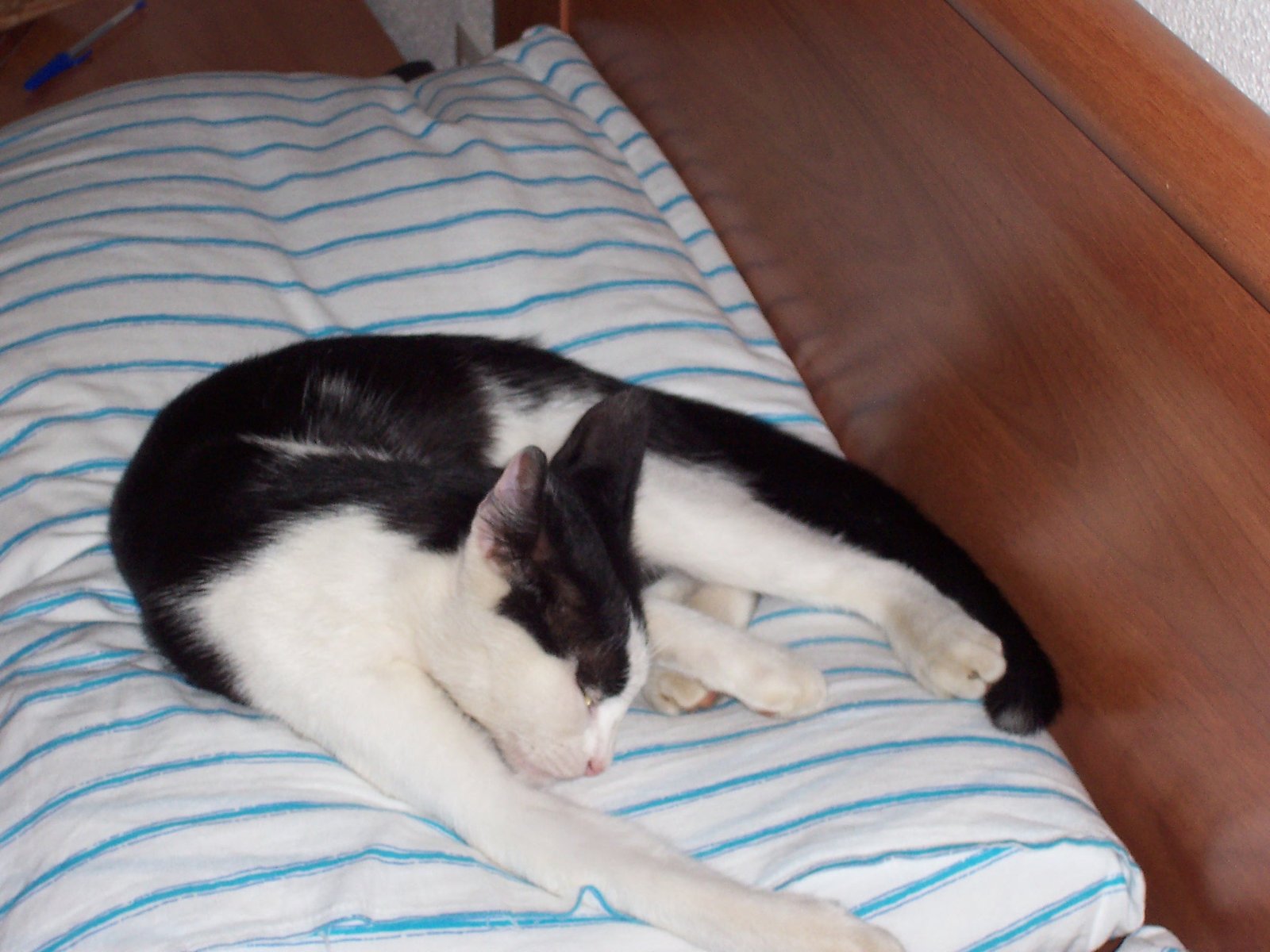
A sprinkle of salt might make your popcorn or fries irresistible, but even a small amount can be harmful to cats. Too much salt can cause sodium ion poisoning, leading to vomiting, tremors, high fever, and even death. Cats are attracted to salty snacks and crumbs left behind, especially if you’re snacking on the couch or at the table. It’s a sobering thought, but keeping salty foods out of reach could save your pet from a scary and painful experience.
Macadamia Nuts: The Unknown Menace

Not all nuts are created equal, and macadamia nuts are particularly dangerous for cats. Even a few nuts can cause vomiting, tremors, weakness, and an elevated temperature. The exact reason why remains a mystery, but the effects are well documented. It’s easy to accidentally drop a nut or leave a trail of crumbs, so be extra vigilant if you snack on these around your cat.
Bread Dough: Rising Trouble

If you love baking bread, keep your raw dough far from your feline helper. When cats eat raw dough, the yeast keeps fermenting in their warm stomachs, producing alcohol and causing the dough to expand. This can lead to severe bloating, pain, and even alcohol poisoning. It’s a double danger that many cat owners never see coming. The smell of fresh dough is tempting, so always clean up thoroughly after baking.
Spicy Foods: Heat That Hurts
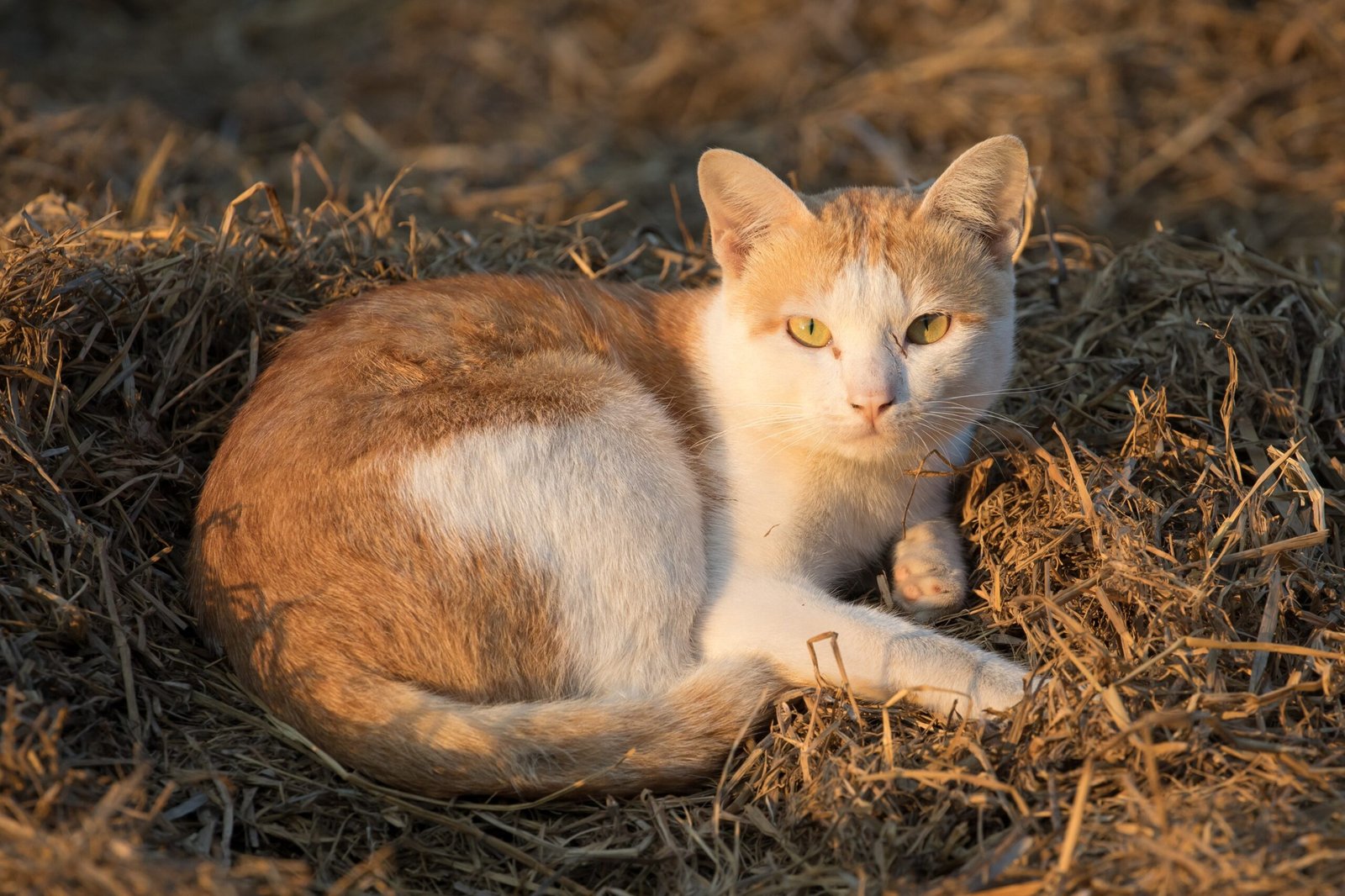
Sharing your spicy snacks or meals with your cat might seem harmless, but cats’ digestive systems can’t handle spicy foods like ours can. Spices like chili, pepper, and hot sauce can cause stomach pain, vomiting, and irritation of the mouth and throat. Some cats are surprisingly bold and might try to grab a bite, but the aftermath isn’t pretty. It’s kinder—and much safer—to keep the heat strictly for yourself.
Mushrooms: The Fungi Foe

While not all mushrooms are toxic, some varieties found in homes and gardens can be deadly to cats. Even small amounts can cause vomiting, diarrhea, confusion, seizures, and, in the worst cases, organ failure. It’s impossible for most people to tell safe mushrooms from dangerous ones, so the only safe policy is to keep all mushrooms away from curious paws. Cats are attracted to new textures and smells, making mushrooms a real risk.
Potatoes: Not Always Safe for Cats
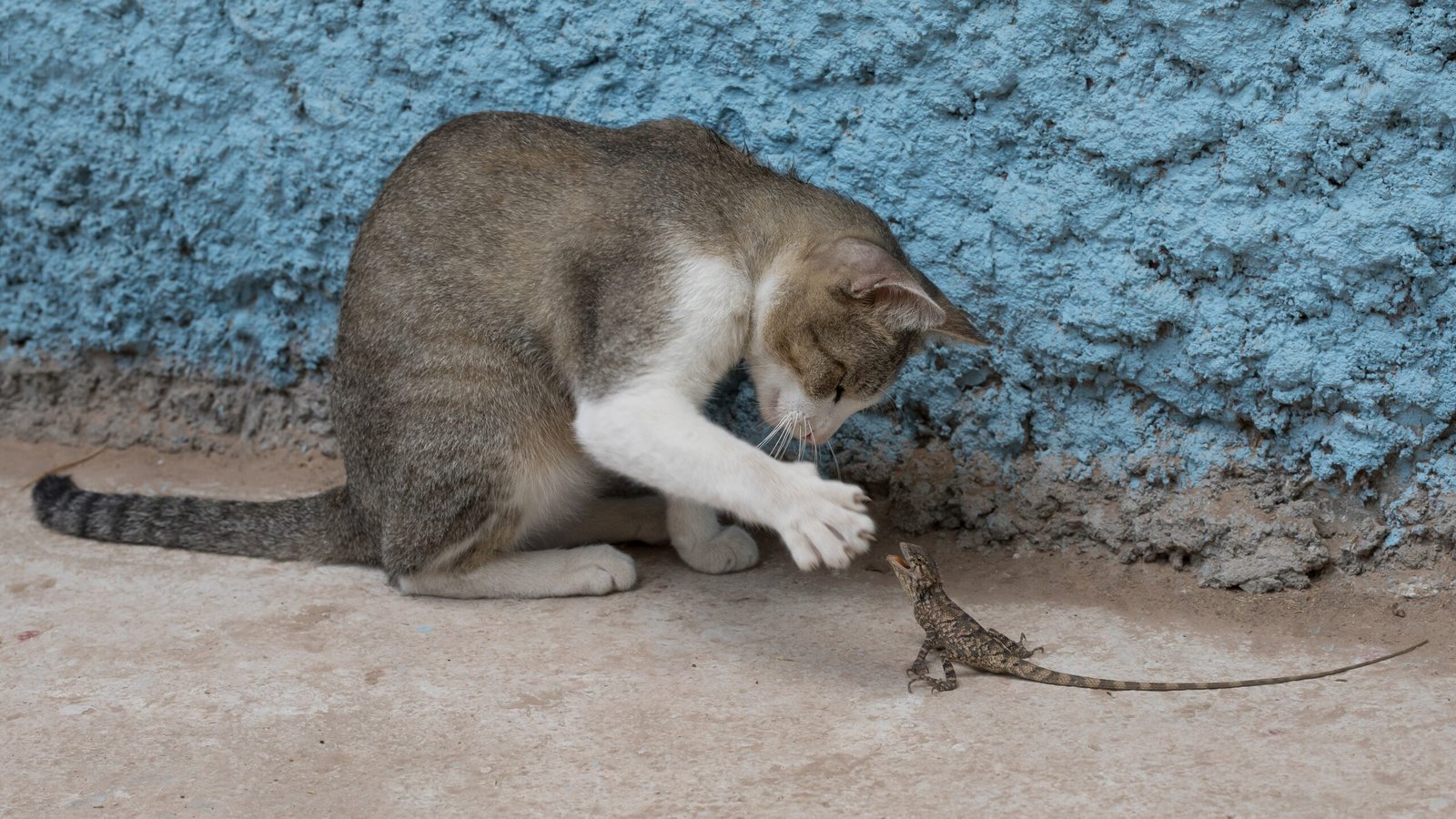
Raw potatoes and potato plants contain solanine, a compound that is toxic to cats. Even cooked potatoes can be a problem if they’re loaded with butter, salt, or other fatty toppings. Some cats are drawn to the starchy texture, especially if you drop a fry or two, but it’s not worth the health risk. Upset stomach, lethargy, and neurological symptoms can follow, so it’s best to keep potatoes off your cat’s menu entirely.
Ice Cream: A Cold Mistake
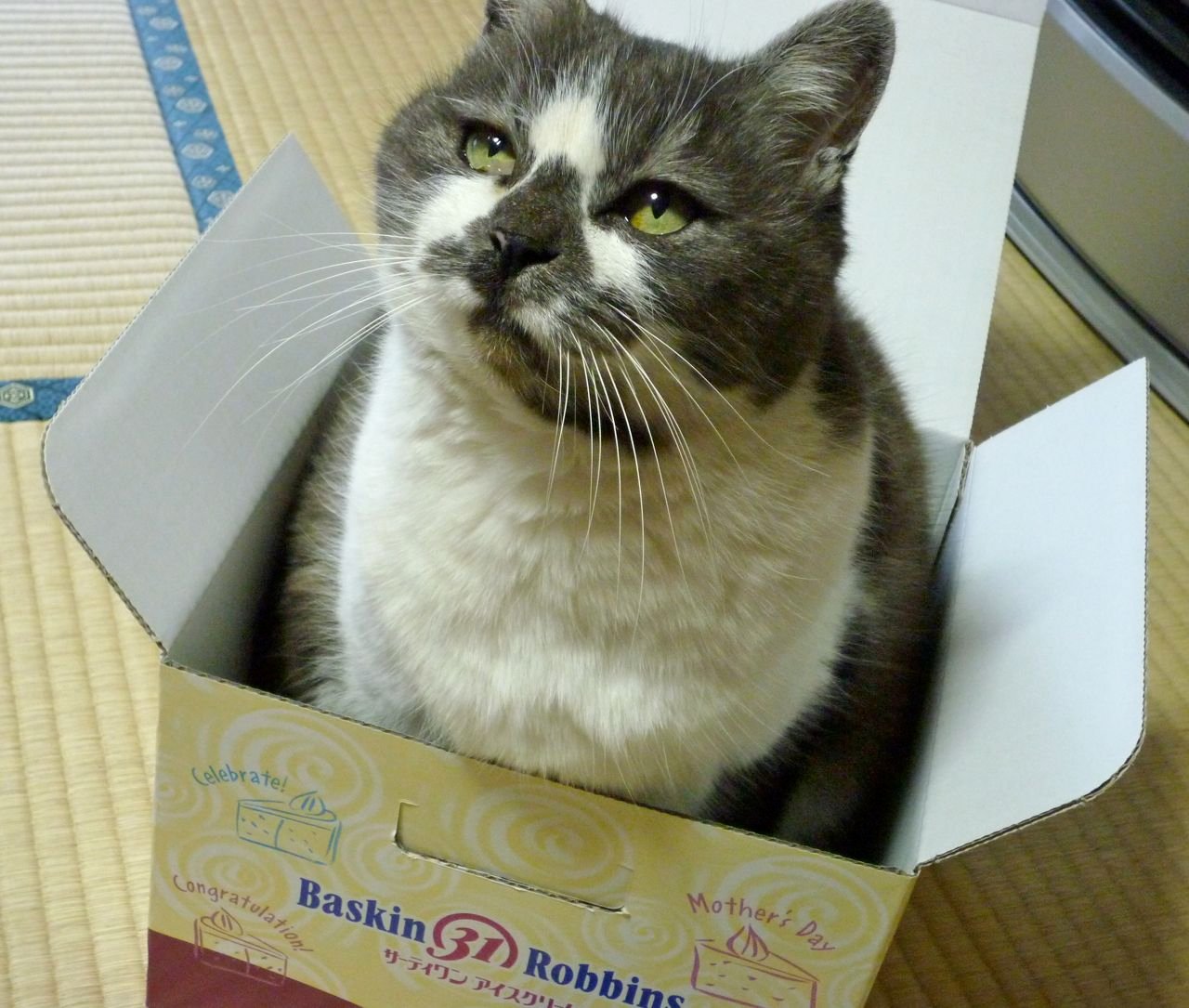
That adorable begging face when you open a carton of ice cream is hard to resist, but ice cream is packed with sugar, fat, and—often—lactose, all of which can upset your cat’s tummy. Many ice creams also contain chocolate, xylitol, or artificial flavors, which add to the danger. The cold temperature can also be a shock to your cat’s system. It’s fun to share treats, but ice cream is one dessert your cat should never indulge in.
Hi, I’m Bola, a passionate writer and creative strategist with a knack for crafting compelling content that educates, inspires, and connects. Over the years, I’ve honed my skills across various writing fields, including content creation, copywriting, online course development, and video scriptwriting.
When I’m not at my desk, you’ll find me exploring new ideas, reading books, or brainstorming creative ways to solve challenges. I believe that words have the power to transform, and I’m here to help you leverage that power for success.
Thanks for stopping by, Keep coming to this website to checkout new articles form me. You’d always love it!






